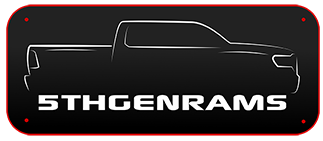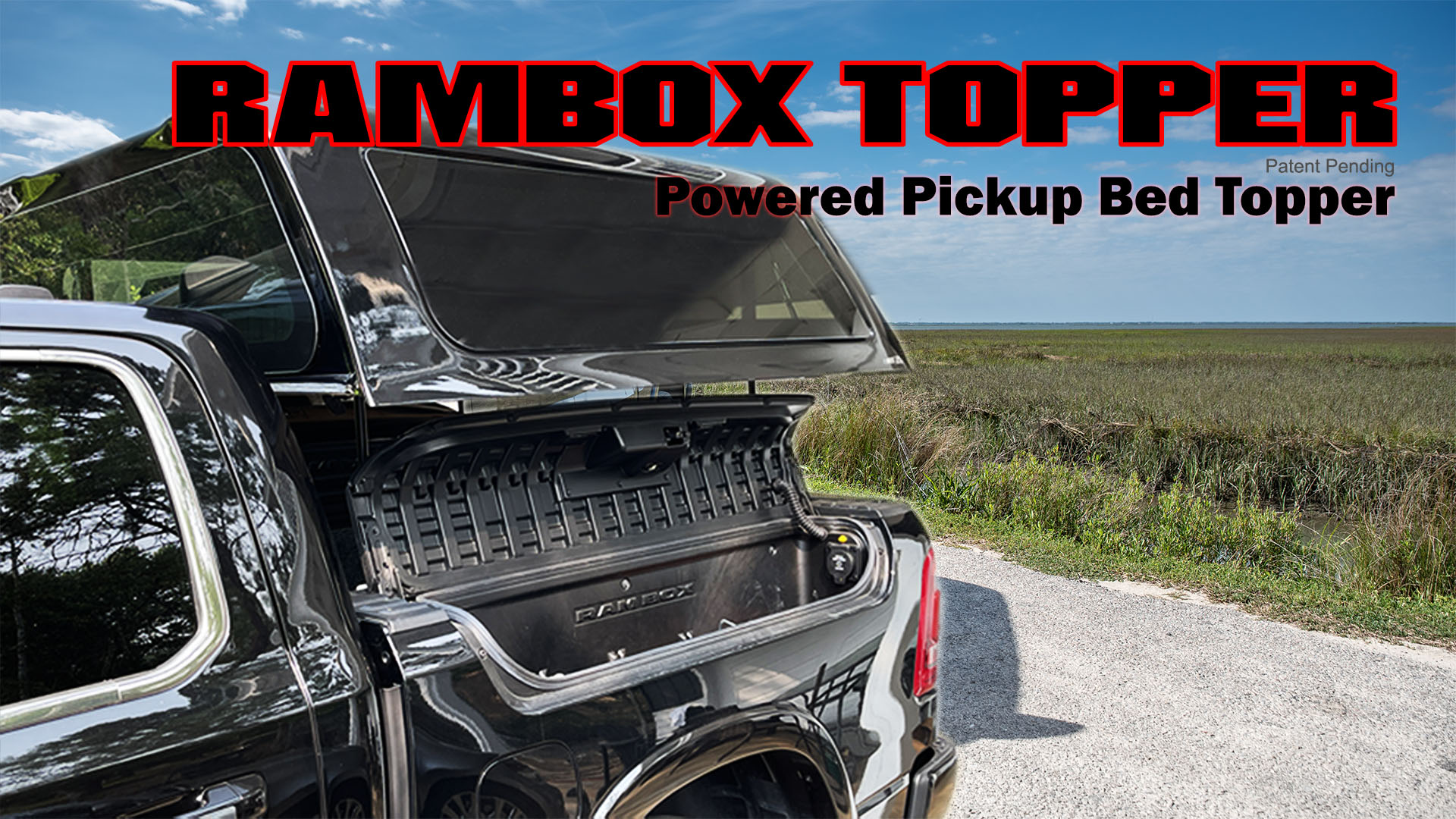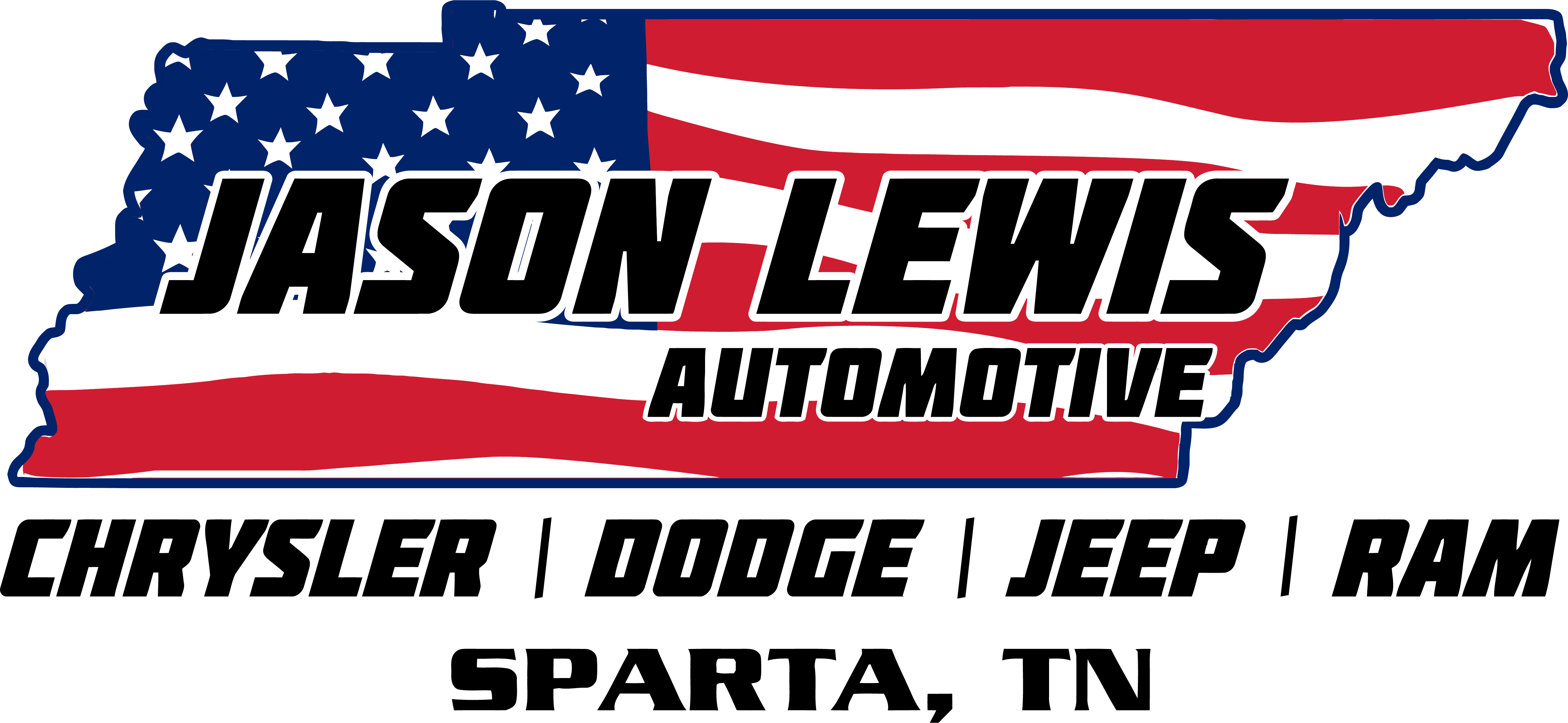rln2814.rr
New Member
- Joined
- Dec 22, 2024
- Messages
- 1
- Reaction score
- 0
- Points
- 1
- Age
- 73
Hello all,
I'm a new member to this forum and actually using a computer. Bear with me and my very limited typing skills.
The 2020 Ram Laramie 4x4 5.7 hemi I bought used in "23" is approaching 50,000 miles. I'm looking for info regarding the drive train fluid change intervals and capacities. I'm not the gentlest driver on the road, do have a heavy foot on the throttle while on the pavement and light footed when four wheeling during hunting seasons.
That being said and the lack of knowledge regarding the 20,000 miles on it when purchased I'm changing the tranny filter and fluid at 50,000. I designed and made a delivery system to refill the transmission.
I was totally amazed when I was presale inspecting the truck that I couldn't find the dip stick, almost didn't buy it. let me explain, my previous pickup was a 1997 with almost 400,000 miles and I did, enjoyed doing, all the maintenance on it.
Will need all of the drive train fluid change intervals and capacities information and advice will be appreciated also.
Have a Merry Christmas and happy New Year,
Ralph
I'm a new member to this forum and actually using a computer. Bear with me and my very limited typing skills.
The 2020 Ram Laramie 4x4 5.7 hemi I bought used in "23" is approaching 50,000 miles. I'm looking for info regarding the drive train fluid change intervals and capacities. I'm not the gentlest driver on the road, do have a heavy foot on the throttle while on the pavement and light footed when four wheeling during hunting seasons.
That being said and the lack of knowledge regarding the 20,000 miles on it when purchased I'm changing the tranny filter and fluid at 50,000. I designed and made a delivery system to refill the transmission.
I was totally amazed when I was presale inspecting the truck that I couldn't find the dip stick, almost didn't buy it. let me explain, my previous pickup was a 1997 with almost 400,000 miles and I did, enjoyed doing, all the maintenance on it.
Will need all of the drive train fluid change intervals and capacities information and advice will be appreciated also.
Have a Merry Christmas and happy New Year,
Ralph











